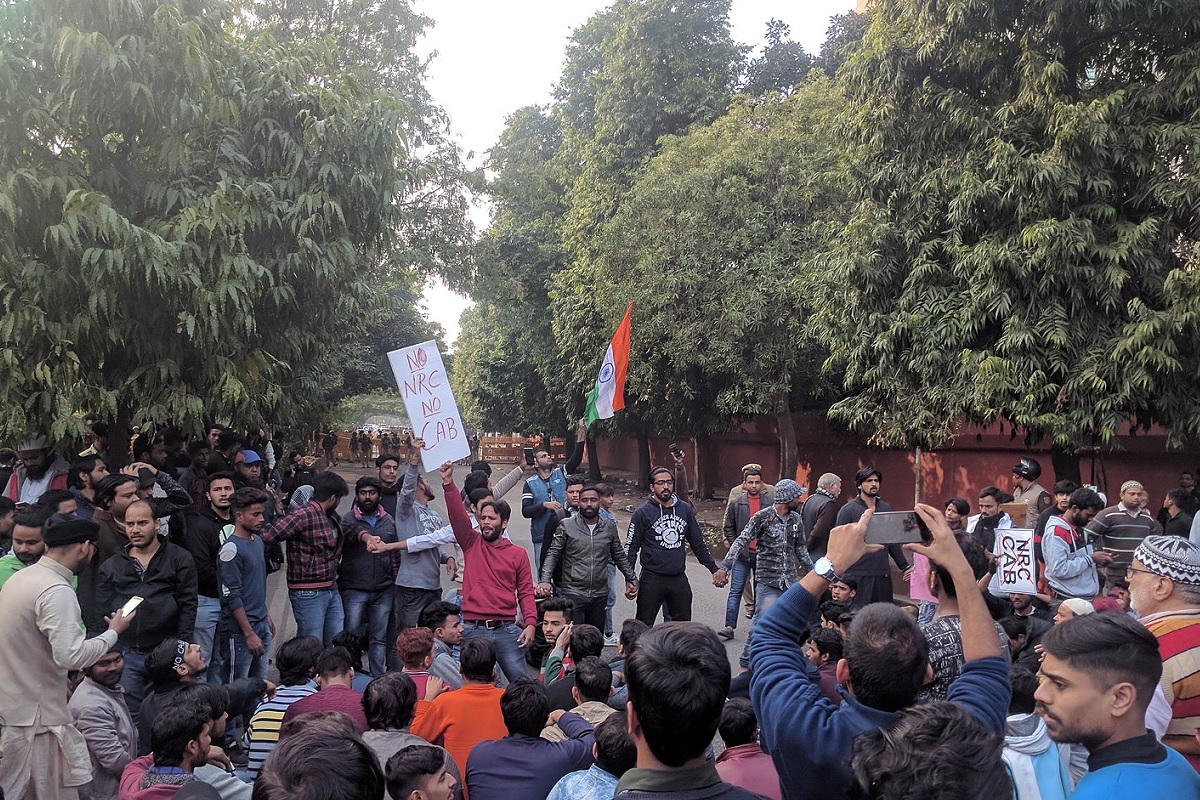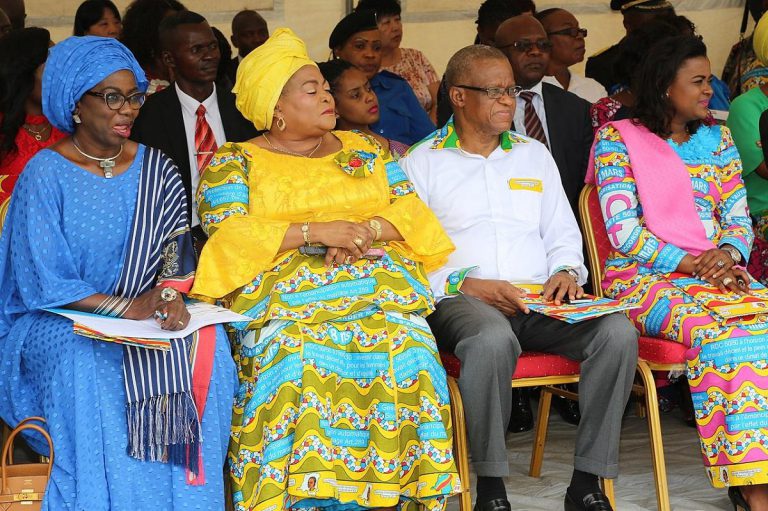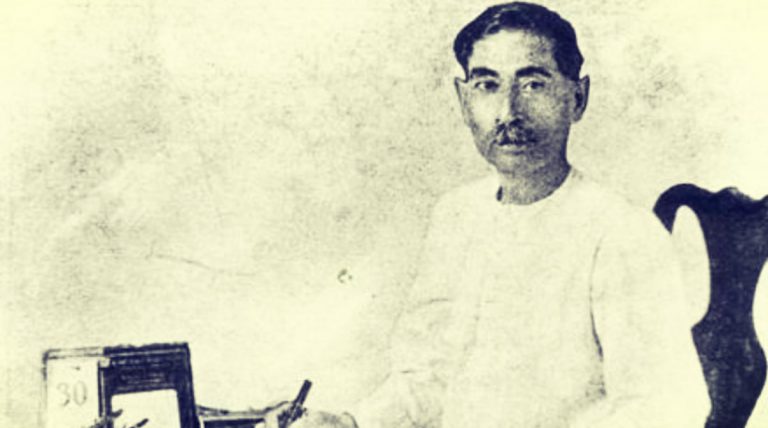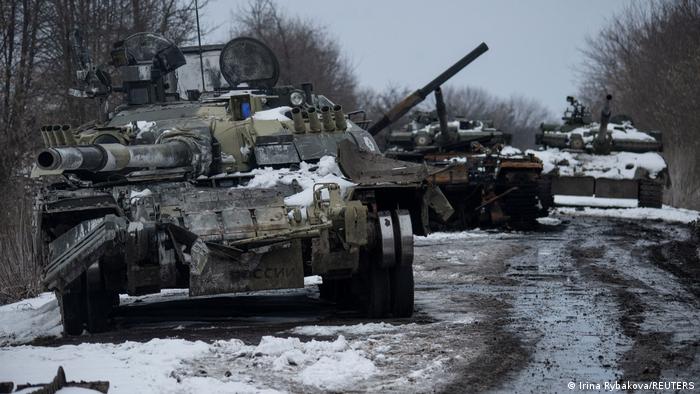The discourse of student protests and its anxieties in the capital

Ananya is a literature student at Lady Shri Ram college for women.
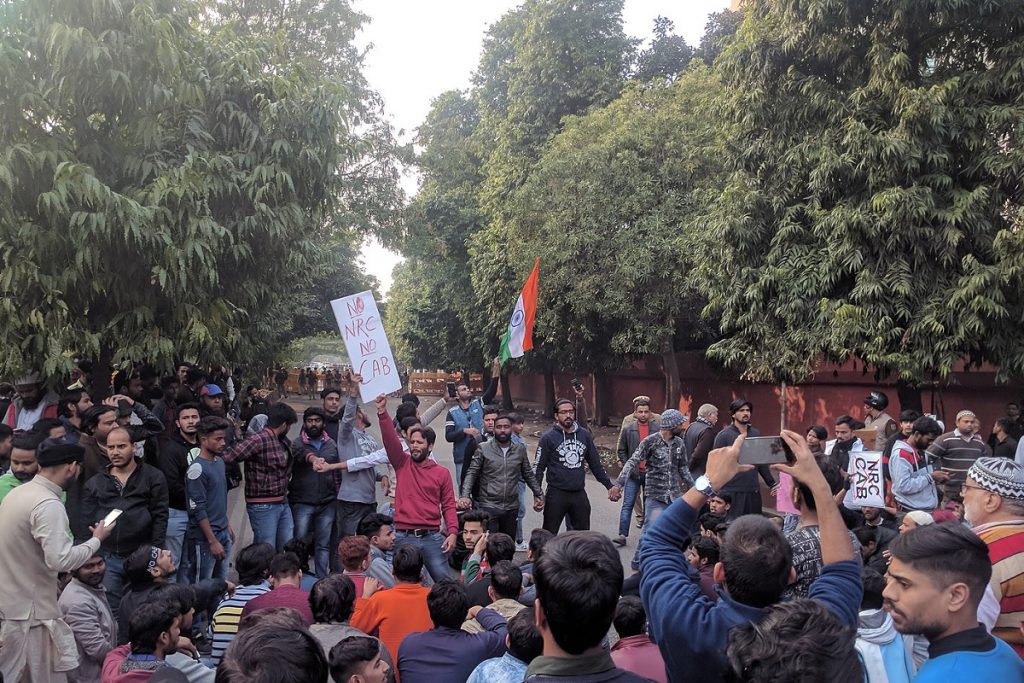
[responsivevoice_button voice=”US English Female” buttontext=”Read out this Theel for me”]
Theodore Roosevelt once said, “patriotism means to stand by the country. It does not mean to stand by the President or any other public official”. Alas, today in India we perhaps cannot apply this since the thick line between anti-government and anti-national has faded, and patriotism is only the refuge of those who stand by the government.
Belonging to a middle-class family who has led a comfortable life albeit with compromises, I was taught that the police, the court and the doctor are the three things one should stay away from, as far as possible. The constraint and requirement to censor my thoughts came with the explanation that it is rather the social structure i.e. a theatrical performance controlled by institutions, religion, politics and a mob mentality which threatens every person to stay well behind the charted lines. The lines, if crossed, would skeptically mark you as not being a well-behaved citizen. Disobedience doesn’t gel well with the complicit silence required for hegemony to rule.
James Baldwin advocated that just because he loved his nation much more than any nation in the world, it gave him the right to criticize it. Our country, however, is not new to criticism, yet curbing this essential criticism is a trend that is rising rapidly without due attention in our nation.
New Delhi is a charged capital. Academic institutions like Jawaharlal Nehru University (JNU) and Delhi University (DU) etc. have become a space of constant fighting over ethos, ideology, policies and identities. The streets of the capital have never been devoid of protests, union strikes and farmer strikes and has taken shape as the ground for portraying dissent in its many forms. Being the capital, New Delhi takes on the role of both the begetter of policies standing in parliament and the landscape for striking a discord with the same.
Even before the anti-CAA movements started, figures from Delhi police show 12,650 demonstrations, dharnas and organizations in 2019 (counted only upto December 15, 2019), a spike of 46% from the year 2018. So even though the capital is no stranger to protests, in the recent past there has been a shift in how it is tackled which undermines the very cause of protesting.
There is a void that exists due to the lack of a united opposition party. This lack of a unified opposition doesn’t only fail in holding the government accountable, but also destroys the pillar which keeps democratic values in order. In a vacancy of such a face, the position of questioning is assumed by students or then by a political movement. A partial brunt is levied on students who now assume the role of opposition to the ruling authority in absence of one. The protests sites are heavily populated by students who are most often not backed by any legal aid or support. They do not enjoy a pan-India voter base, the seats in parliament, the funds and the legal resources that an opposition has access to. In contrast it is much more viable to suspend students as delegitimized voices and silence them than it is to silence the opposition.
Universities have been at the forefront of protests which took New Delhi by a storm; be it the Anti-CAA movement, protests against fee hikes, sexual harassment, NEP or unaccounted police brutality. The students are the first to bear the brunt of it. These protests however have heavy presence of CRPF forces and Delhi police standing alongside the peaceful marches, sometimes even outnumbering the protestors.
In a jungle raj when the state is ruled by lawlessness, then it is the police who becomes its beast, making them the most convenient punching bag for the public. However, the police are an extension of the State itself. It becomes essential to look beyond the plain ignorance and denial of the police in their action and inaction to see the message that the ruling authority delivers.
The conduct of police not only assumes the role of executives but also of judiciary in the non-compliance of their duty to protect the citizens of India. Acting in accordance of their personal prejudices against minorities and the protestors, the police methodically perform based on their opinions and charge out negatively against the citizens. Be it their failure to protect JNU students on the night of 5th January or their conduct in the premises of Jamia Millia Islamia for which they haven’t been held accountable, several more documented and undocumented incidents point towards the unchecked partisan behavior of the police, making the force often more political and heavily laced with the message that the government is as unaccountable as their force is.
The relationship between that of police and students has observed a peculiar shift whereby student protests are perceived as disparaging of the duties of the police who could be stationed elsewhere than in the midst of allegedly unnecessary protests. This condemnation isn’t only inherent in police forces but rather extends in the entire public psyche. Why does the police behave the way it does? Their behavior isn’t only to flatter the ruler of the day, rather it is also strong reflection of their own conditioning and biases.
The police constitute the executive of the same society that they are a part of. The image of politically charged universities created by the mainstream media encourage prejudices that makes it easier to understand the standing bias of the society. The media, an employed medium of the ruler’s authority, is quick to derogate student protestors by showcasing them as fringe elements.
Thus, the new model of tackling protests by filing reverse FIRs against students is accompanied by a distrust in the general public due to the tarnished reputation of students. So rather than having a majoritarian support to their cause of dissent, students are stripped off this public support which could solely have protected them. The force also takes advantage of the lack of legal aid and non-existent political support for these students into successfully threatening other students to not become individualized political figures i.e. to not participate in dissent in any manner.
The lack of opposition makes it even easier to target students by largely trying to destroy the reputation of these universities. Labelling these spaces as hubs that produces anti-nationals, dismissing speeches as seditious and the recent imposition of draconian laws such as the UAPA make it impossible to miss the message – ‘stay behind the charted lines’.
This attempt to ideologically represent students as volatile and disillusioned is bought and broadcasted successfully by the media. This very cleverly allows the propaganda to misalign the cause of the protests to be forgotten in the collective memory while methodically leaving behind a tarnished image of students in the public conscience.
Thus, very conveniently, academic institutions are victimized by this constructed bias which adheres to the narrative that the need to study the social sciences to make the country better should be limited to classroom discussions and civil service examinations. This methodology infused by the rulers to delegitimize institutions not only strips such prestigious universities of its pride to produce the best scholars of interdisciplinary subjects but also disenfranchises protests as well.
When B.R. Ambedkar proclaims that “democracy in India is a top dressing on an Indian soil that is essentially undemocratic”, it states true that India is solely the largest democracy only in quantitative terms. Yet, in a sense, universities are the few remaining public spaces which carry the hope of living in a true democracy, and act as a collective beyond private economic interests.
Nelson Mandela strongly advocated his beliefs that education indeed can change the world, when he said “the power of education extends beyond the development of skills we need for economic success. It can contribute to nation-building and reconciliation.” He was talking about education that goes well beyond the acceptance of majoritarian views in a country and has the courage to rage against State created ruins and pull up a mirror when needed.
Revolution as a romanticized concept amongst student protestors needs to be refuted when the country is burning in corrosive mismanagement of the State. They are the ones who have the most to lose, standing with chests without armor, putting their voices and pen to work against the State while their entire future is kept at stake. As has happened in the independence movements, in the Mandal protests, anti-emergency protests, Assam agitations (AASU) and several more, like each protest and revolution, the state will extract its pound of flesh for every inch of progress made and the students will meet it with its due share. Never in history have university spaces been vandalized and assaulted. The brutal crackdowns of these spaces marks that this struggle is going to be one of the most challenging phases that the student protests will face.
These scholars are the most well educated candidates on the social front, yet they are the most delegitimized and marginalized group when it comes to elections. Each movement led by the youth protests has given this country leaders, be it giving impetus to the freedom movement carried by Mahatma Gandhi or the infamous JP movement with the numerous politicians that the batch of 1975 protests gave us, or the agitation of anti-corruption movement, or of the Mandal protests, or on the regional fronts when Assam agitations made way to youth leaders. The current trend of completely pressing down the dissent emerging from student struggles again imprints the idea that the need to study social sciences is now a concept that is alienated and only respected until it is restricted to classrooms..
This however doesn’t entails that all our actions are in vain. Revolutions and dissent bloom best in times of repression and history shows that courage is well rewarded beyond its costs. James Baldwin aptly puts, ”people are trapped in history and history is trapped in them”. It is crucial to stick by this saying for we must hope from history that these times too shall pass to a new morning, for we carry the history in us, and the generation ahead will carry our history with them.
Featured Image Credits: DiplomatTesterMan on Wikimedia Commons


